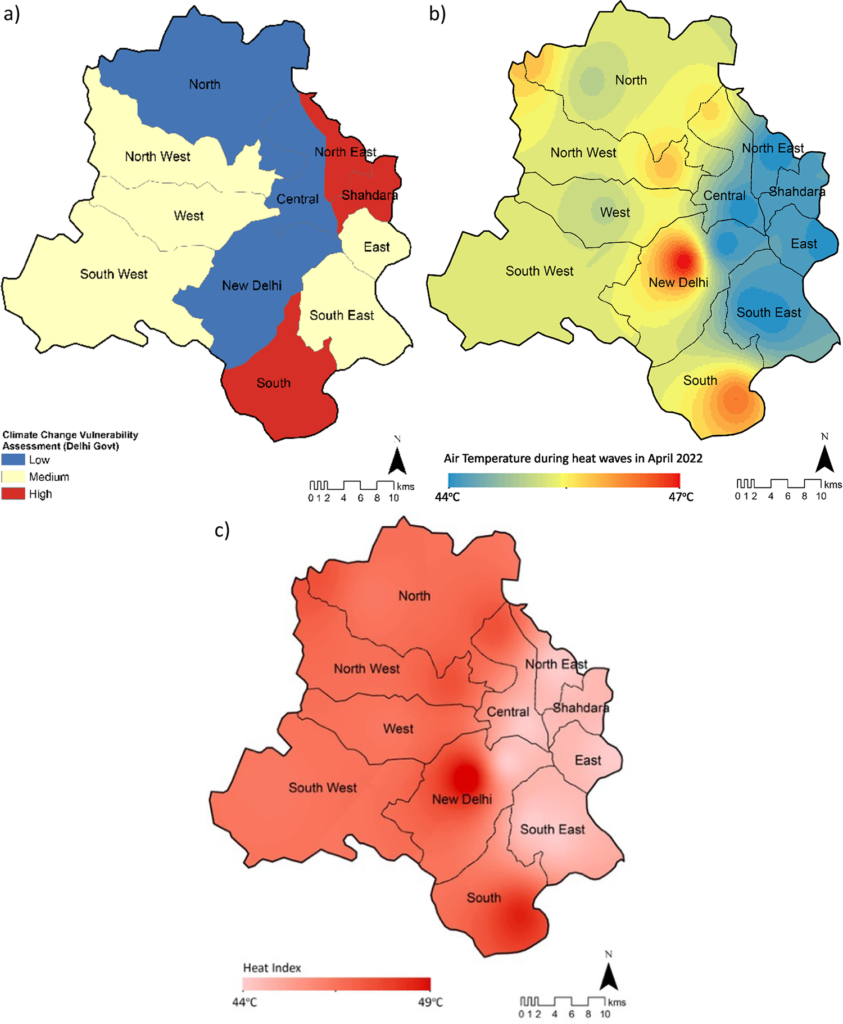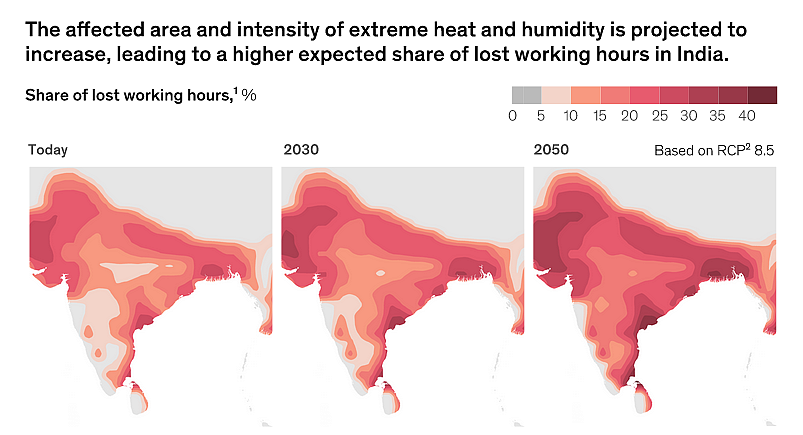A year ago, catastrophic heat waves in India killed scores of people, reduced agricultural yields by up to one-third in certain regions, and set fire to a dump in Delhi, releasing poisonous smoke in the neighborhoods. Temperatures surged 15 degrees Fahrenheit above average, reaching 46°C in Uttar Pradesh’s northern state and igniting more than 300 wildfires throughout the country.

Even as power plants burned more coal to produce the energy required to keep people cool, the country had a countrywide power outage.
Such scenes will become the norm due to climate change; severe heat is killing crops, starting fires, and endangering people’s health all across the world. According to new Cambridge research, India is particularly vulnerable, and the government may be underestimating the threat. Soaring temperatures also could slow the country’s economy and hinder its development goals.

However, the analysis discovered that government officials underestimated the threat. Officials are relying on a climate vulnerability assessment developed by India’s Department of Science and Technology, which suggests that a lower proportion of the country is at high danger from climate change than the latest findings suggest.
A blunder of this magnitude might jeopardise India’s efforts to accomplish the United Nations’ sustainable development objectives, such as eliminating hunger and poverty and attaining gender equality.

Heat waves have become up to 100 times more common as a result of climate change, and temperatures are predicted to shatter records every three years—something that would happen only once every 312 years if the climate were not experiencing such drastic changes.

By 2030, intense heat will cut the capacity for outdoor work by 15 percent — in a country where, by one estimate, “heat-exposed work” employs 75 percent of the labor force. Heat waves could cost India 8.7 percent of its GDP by the end of the century, the Cambridge researchers wrote.
By 2050, long-term forecasts suggest that heat waves in India might become too dangerous for a healthy person to endure while resting in the shade.
Reference- BBC, The Guardian, PLOS Climate Journal, Grist, Department of Science and Technology, Cambridge Study






